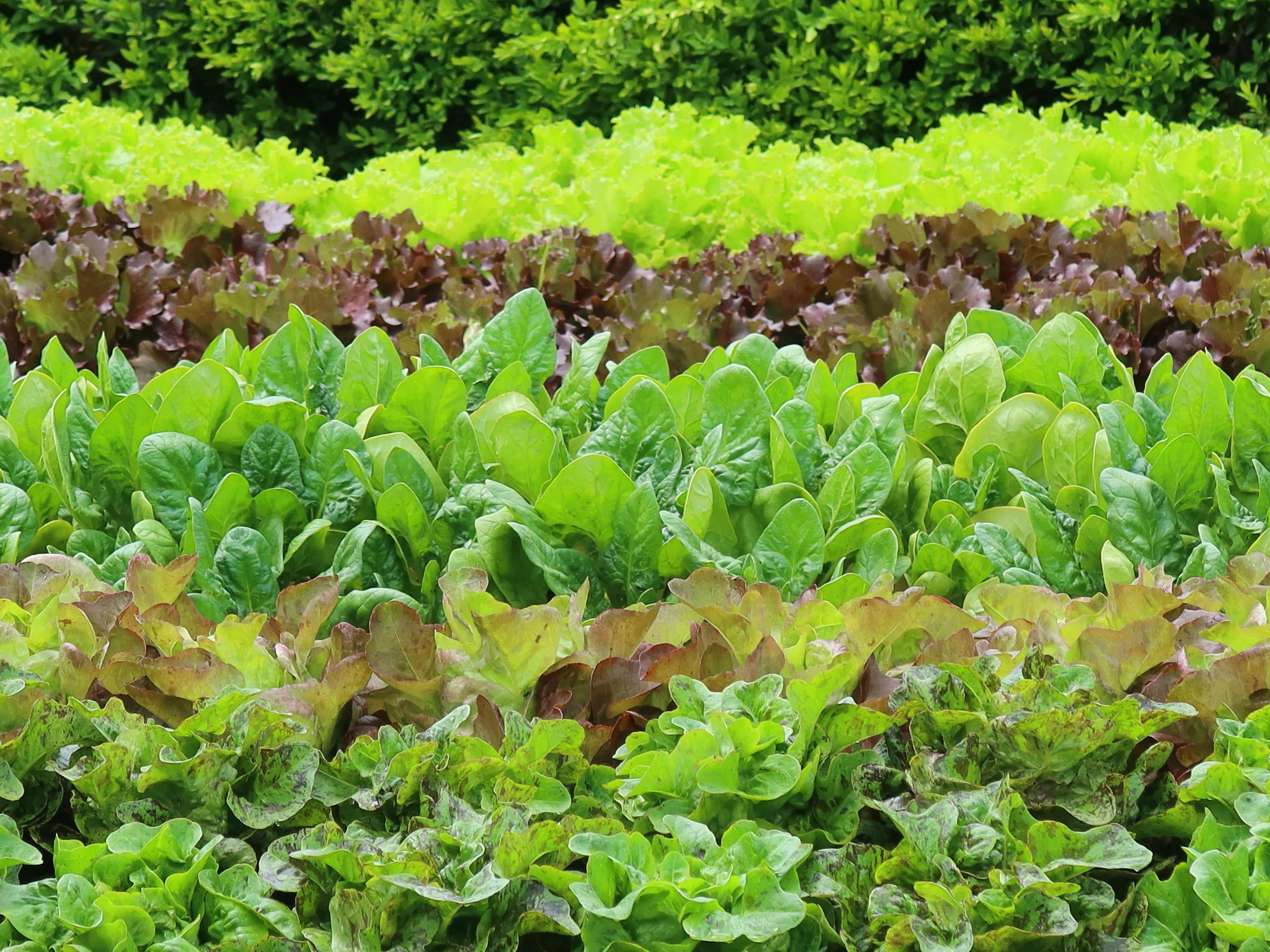Key Takeaways
- A study by Boran İkiz, Hayriye Daşgan, and Gruda 2024 investigates Plant Growth Promoting Rhizobacteria (PGPR) use in hydroponic lettuce cultivation.
- The study demonstrates significant improvements in lettuce growth by substituting traditional mineral fertilizers with PGPR at various ratios.
- Results show enhanced plant weight, leaf number, area, dry matter, chlorophyll content, yield, and nutrient uptake in lettuce grown with PGPR.
- Combining 80% mineral fertilizers with PGPR yielded results comparable to 100% mineral fertilizer use.
- PGPR application also improved the nutritional quality of lettuce, including higher levels of phenols, flavonoids, vitamin C, and total soluble solids.
Innovative Study Reveals PGPR’s Impact on Hydroponic Lettuce Cultivation
Introduction to the Study
A groundbreaking study conducted in 2024 by researchers Boran İkiz, Hayriye Daşgan, and Gruda has revealed promising results in soilless agriculture. The study focuses on the impact of introducing Plant Growth Promoting Rhizobacteria (PGPR) into hydroponic floating lettuce cultivation, offering an alternative to traditional mineral fertilizer usage.
Methodology and Results
In their research, the scientists experimented with reducing mineral fertilizers at various ratios (20%, 40%, 60%, and 80%) and replacing them with PGPR. The remarkable findings showed significant enhancements across multiple growth parameters of soilless-grown lettuce. Key improvements included increased plant weight, leaf number, leaf area, leaf dry matter, chlorophyll content, yield, and nutrient uptake.
One of the most notable results was that combining 80% mineral fertilizers with PGPR produced a lettuce yield comparable to the control treatment, which used 100% mineral fertilizers.
Nutritional Benefits and Sustainability
In addition to growth improvements, the application of PGPR enhanced the essential mineral concentrations in lettuce, thereby boosting its human nutritional quality. This included higher levels of phenols, flavonoids, vitamin C, and total soluble solids.
Environmental and Agricultural Implications
Using PGPR as a sustainable substitute for synthetic mineral fertilizers in hydroponic floating lettuce cultivation presents a significant step towards environmentally friendly farming practices. According to the study, this method reduces the dependency on chemical fertilizers and produces nutritionally enriched crops.
Read more here.


